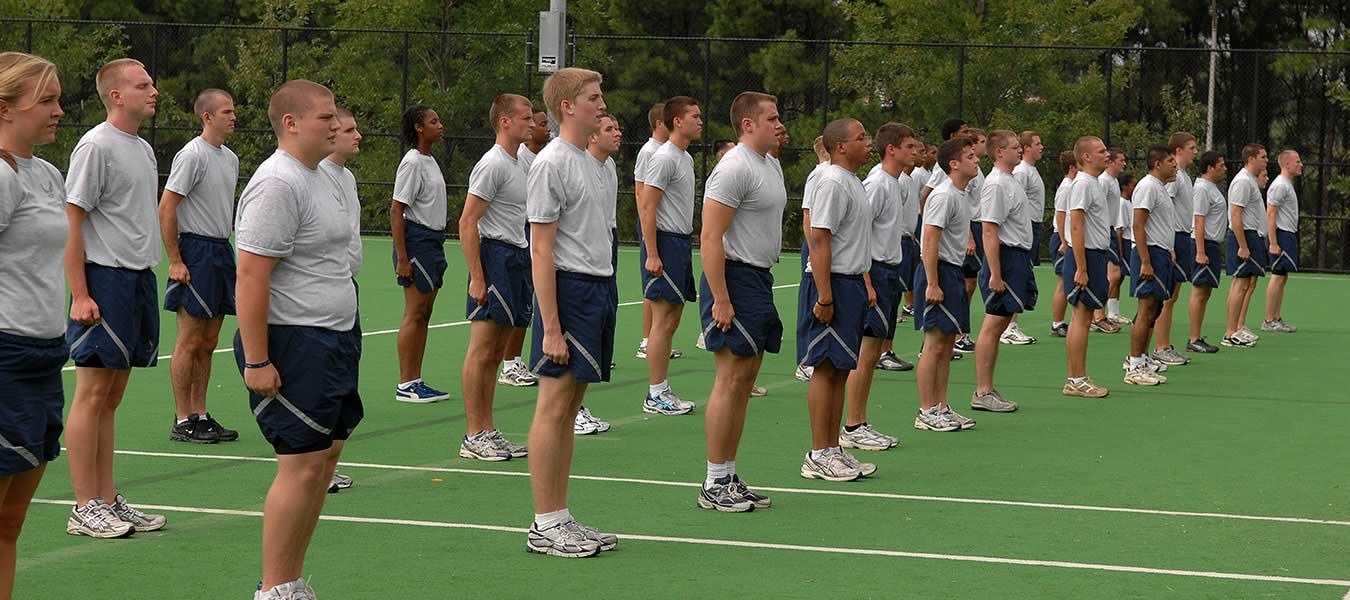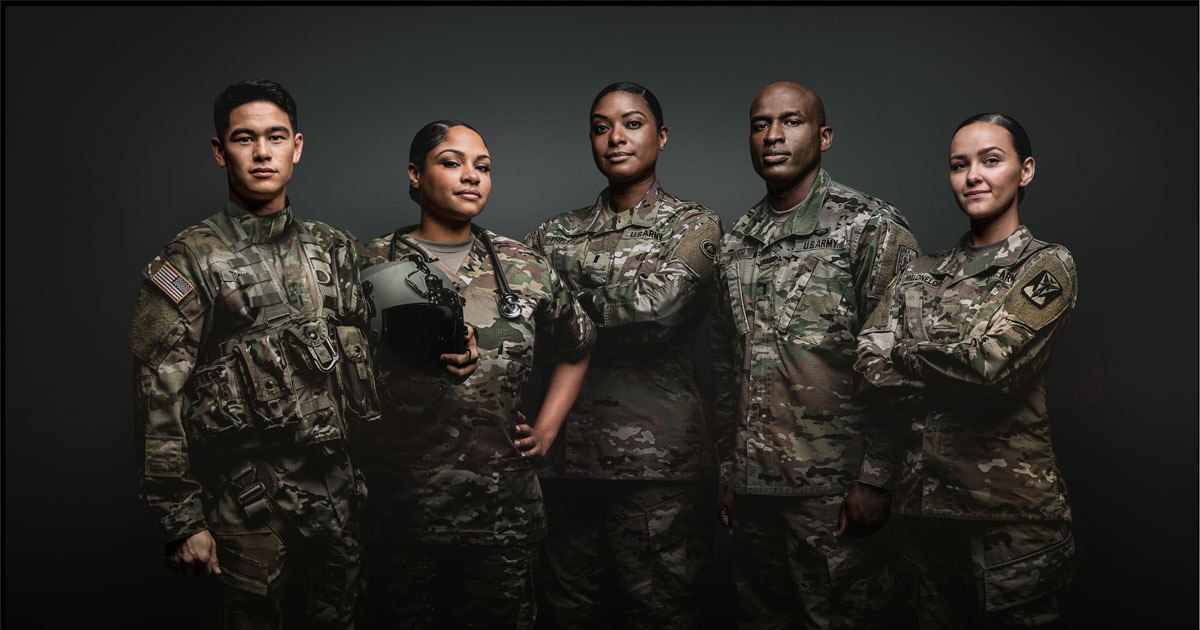 Edward Hasbrouck / Antiwar.com - After months of delay, Senate Majority Leader Chuck Schumer announced on Sunday that the Senate is "likely" to vote this week on an annual defense [sic] bill which includes a provision – already approved by the House of Representatives in its version of the bill – to extend the President’s authority to order men to register with the Selective Service System for a possible military draft to include women as well.
Edward Hasbrouck / Antiwar.com - After months of delay, Senate Majority Leader Chuck Schumer announced on Sunday that the Senate is "likely" to vote this week on an annual defense [sic] bill which includes a provision – already approved by the House of Representatives in its version of the bill – to extend the President’s authority to order men to register with the Selective Service System for a possible military draft to include women as well.
Last month, after the Senate Armed Services Committee, meeting in closed session, approved and sent to the Senate floor a version of the Fiscal Year 2022 National Defense Authorization Act (NDAA) that would expand draft registration to young women as well as young men, a coalition of opponents of the draft called on the Senate to end the failed draft registration program entirely instead of trying to expand it.
An amendment (S.Amdt.4161) that would replace the portion of the Senate version of the NDAA expanding draft registration with the provisions of the Selective Service Repeal Act has been proposed by Senators Ron Wyden (D-OR) and Cynthia Lummis (R-WY).
But the Wyden-Lummis amendment (S.Amdt. 4161) is only one of 653 amendments to the NDAA that have been proposed in the Senate, and the Senate won’t have time to consider or vote on most of these amendments. Opponents of conscription and war should encourage Senators to support the Wyden-Lummis amendment to the FY 2022 NDAA, and continue to urge Senators and Representatives to endorse the Selective Service Repeal Act of 2021 (H.R. 2509/S. 1139). Regardless of last-minute lobbying, however, the Senate is likely to join the House this month in voting to authorize the expansion of Selective Service to women, without a vote on this proposal in either chamber of Congress except as part of overall votes to approve the entire 3,000-page "must-pass" omnibus bill in which it is included.
That Congress is about to authorize the expansion of draft registration to women does not mean that it’s a fait accompli, however. Under both the House and Senate versions of the FY 2022, the authorization for the President to order women to register for a possible draft would not take effect until a year after its enactment. It’s possible that, having made their point about supposed gender equality in war, some in Congress could get cold feet or come to their senses next year, and repeal the authority for draft registration entirely before trying to follow through on implementing its expansion to women (and risking another embarrassing fiasco like the one that followed the attempt to get men to register with Selective Service in the 1980s).

 Rick Jahnkow /
Rick Jahnkow /  Edward Hasbrouck /
Edward Hasbrouck /  Monica A. F. Lounsbery, Kathryn A. Holt, Shannon A. Monnat, Thomas L. McKenzie, and Brian Funk - Physical inactivity is receiving growing attention given its documented relationship to a variety of chronic health (
Monica A. F. Lounsbery, Kathryn A. Holt, Shannon A. Monnat, Thomas L. McKenzie, and Brian Funk - Physical inactivity is receiving growing attention given its documented relationship to a variety of chronic health ( At the end of 2020, the Defense Department’s Diversity and Inclusion Board released a report aimed at identifying ways to improve racial and ethnic diversity in the U.S. military.
At the end of 2020, the Defense Department’s Diversity and Inclusion Board released a report aimed at identifying ways to improve racial and ethnic diversity in the U.S. military.